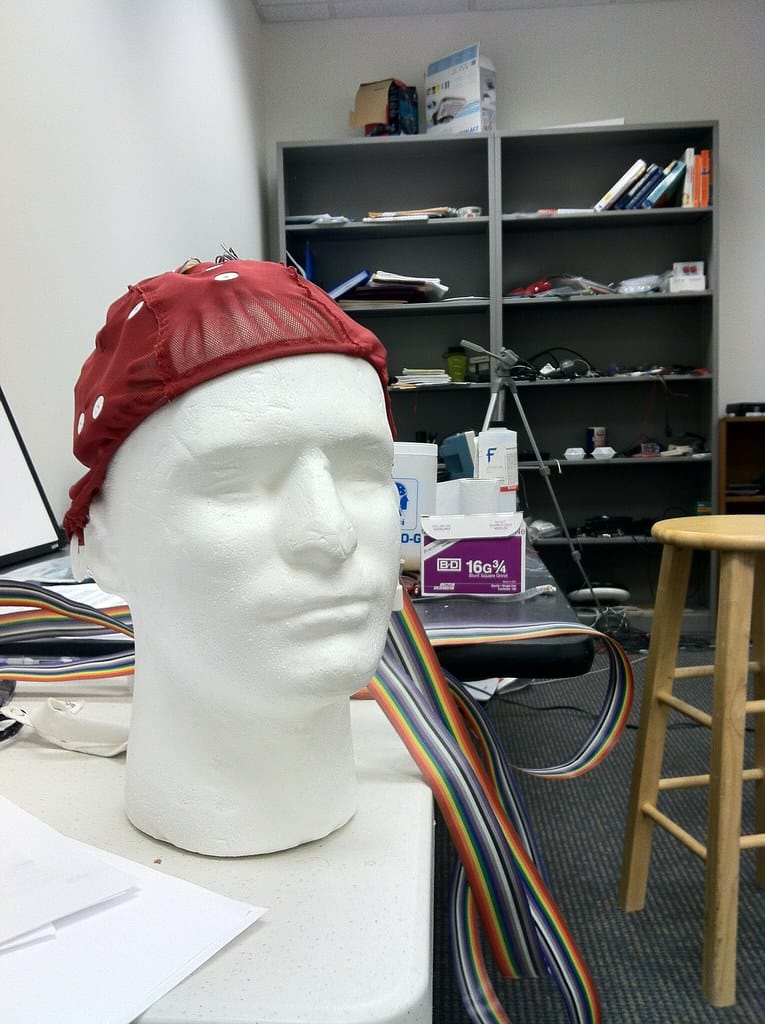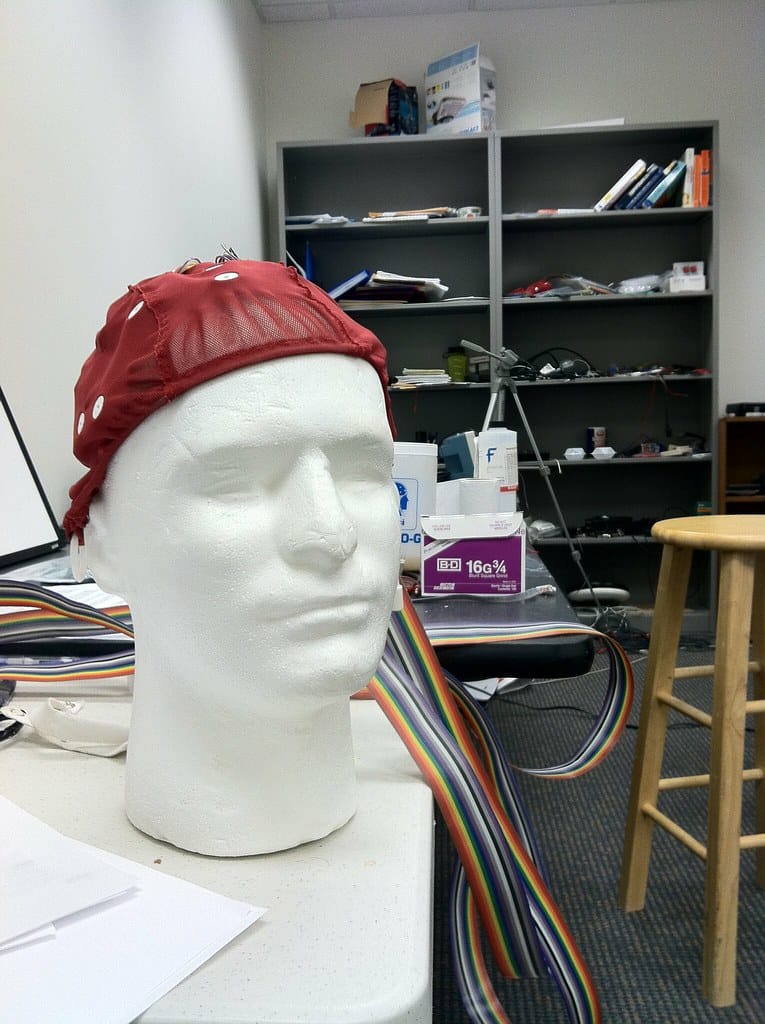Mind Over Touch: Paralyzed Man Controls iPad With Revolutionary Brain Implant
A 64-year-old man with amyotrophic lateral sclerosis (ALS) has successfully controlled an iPad using only his thoughts, marking a groundbreaking milestone in brain-computer interface technology. Using Synchron's innovative brain implant, the patient was able to text, email, and browse the internet without any physical interaction with the device.
Breaking Barriers in Neural Technology
This remarkable achievement represents a significant leap forward in assistive technology for individuals with severe motor impairments. The patient, who lost the ability to move his hands due to ALS progression, underwent the implantation of Synchron's Stentrode device through a minimally invasive procedure that required no open brain surgery.
The Stentrode, roughly the size of a paperclip, was inserted through blood vessels and positioned in a motor cortex blood vessel. This approach eliminates the need for traditional craniotomy procedures, significantly reducing surgical risks and recovery time compared to other brain-computer interfaces.
How Thought Becomes Action
The brain implant works by detecting neural signals associated with intended movement. When the patient thinks about moving his hand or fingers, the Stentrode captures these electrical impulses and transmits them wirelessly to an external receiver. Advanced machine learning algorithms then translate these neural patterns into digital commands that the iPad can understand.
During the trial, the patient successfully performed various tasks including:
- Typing messages using an on-screen keyboard
- Sending and receiving emails
- Browsing websites and social media
- Playing simple games
- Making online purchases
The system achieved an impressive accuracy rate, with the patient able to type at approximately 14 characters per minute – a substantial improvement over previous brain-computer interface technologies.
Clinical Trial Success
This achievement is part of Synchron's ongoing COMMAND clinical trial, which has enrolled six patients across multiple medical centers in the United States. The trial aims to evaluate the safety and efficacy of the Stentrode system in patients with severe paralysis caused by conditions such as ALS, stroke, and spinal cord injuries.
Early results have been promising, with patients maintaining stable neural signal quality over extended periods. Unlike some brain implants that require regular surgical maintenance, the Stentrode has demonstrated remarkable durability, with some patients showing consistent performance for over two years post-implantation.
Beyond Entertainment: Real-World Impact
While controlling an iPad might seem like a technological novelty, the implications extend far beyond entertainment. For individuals with severe motor impairments, regaining the ability to communicate digitally represents a profound restoration of independence and social connection.
The patient reported being able to reconnect with family members through social media, manage his medical appointments online, and even continue some work-related activities. This level of digital autonomy can significantly improve quality of life and mental health outcomes for patients facing progressive neurological conditions.
The Competitive Landscape
Synchron's approach differs significantly from other high-profile brain-computer interface companies. While Neuralink and other competitors focus on more invasive surgical procedures requiring direct brain tissue contact, Synchron's endovascular approach offers several advantages:
- Minimally invasive implantation procedure
- Reduced risk of infection and complications
- No need for skull drilling or brain tissue displacement
- Faster patient recovery times
- Lower overall medical costs
The company has already received FDA Breakthrough Device designation and is progressing toward full commercialization, potentially making this technology available to patients within the next few years.
Looking Ahead: The Future of Brain-Computer Interfaces
This successful demonstration of iPad control represents just the beginning of what's possible with brain-computer interface technology. Researchers envision future applications including control of smart home devices, wheelchair navigation, robotic arm manipulation, and even restoration of sensation through bidirectional neural communication.
As the technology continues to evolve, the cost barriers are expected to decrease, making these life-changing devices accessible to a broader population of patients with motor impairments.
Conclusion
The successful control of an iPad through thought alone marks a pivotal moment in neurotechnology development. For the millions of people worldwide living with paralysis or severe motor impairments, this breakthrough offers genuine hope for restored independence and improved quality of life. As clinical trials progress and the technology matures, we're witnessing the emergence of a future where the boundary between mind and machine becomes increasingly seamless, opening new possibilities for human potential and connection.

